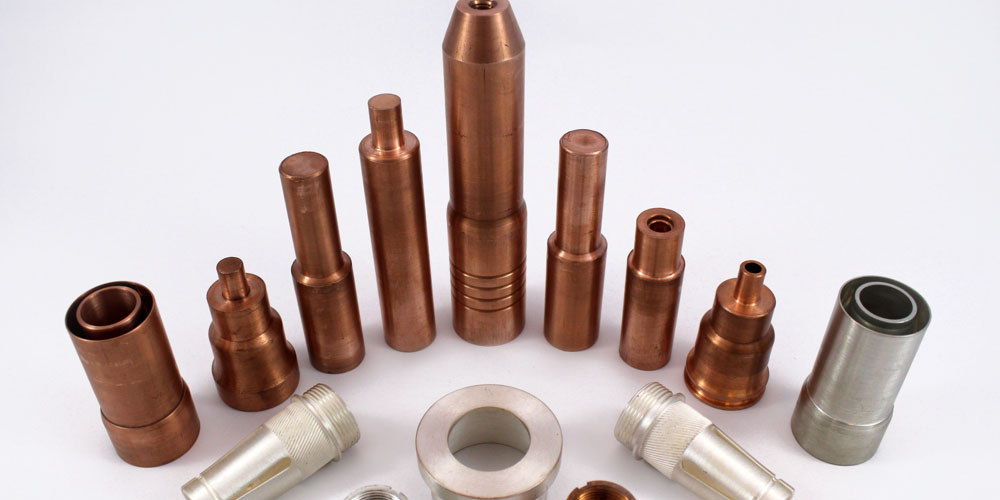Cold forging is a form of forging where metal is deformed by exposing it to extensive tensile forces. The process is conducted near or at room temperature. This is a preferred manufacturing method when you are dealing with soft metals like copper and aluminum. Copper cold forging is particularly very common. Below we look at some of the main reasons why copper is one of the best cold formable metals;
1. It is ductile
A metal or any other material is referred to as ductile if it can easily be stretched without breaking. A ductile metal can also be stretched easily without losing its strength. Ductility can also be defined as the ability to draw a wire or thread out of metal without breaking it. Copper is one of the most ductile metals in the market next to gold. Copper particularly becomes more ductile when it is introduced to high or low temperatures. In cold forging, the material is exposed to tensile stress at room temperatures. Therefore, the ductility element comes very handily in this process.
2. It is malleable
A metal is referred to as malleable if it is capable of being shaped or changed physically. Copper is a generally soft metal. This means that you can quickly hammer it into thin sheets without it having to break. This makes copper one of the best cold-formable metals in existence. The reason is that in cold forging, the copper metal is exposed to a lot of stress when it is squeezed between two dies or hammered using a power hammer. It is essential for the metal used in the process to be malleable because it would otherwise break or lose its strength.
3. It is highly applicable
Copper is also an excellent metal for cold forging because of its numerous applications. For instance, metal is used in wiring, electronics, industrial machinery, and roofing. It is also used for decorative purposes. Therefore, if you wish to use it for purposes like wiring and electronics, the best manufacturing method would be cold forging.
Why is cold forging an ideal manufacturing method for copper?
- Cold forged copper requires very little to no finishing work. This makes the process very efficient and cost-friendly.
- Cold forged copper is less likely to suffer from issues like contamination. This is because the metal retains its physical state throughout the process. The technique also does not include any chemicals or added raw materials, hence reducing contamination issues. This element also influences the quality of the final surface finish of the cold, forged copper.
- This is one of the cheapest and most convenient methods of manufacturing in existence. This benefit applies to all other types of metals that can be used like brass and bronze.
Conclusion
In addition to the benefits mentioned above, cold forging also offers numerous other benefits. They include improved interchangeability, dimensional control and reproducibility. This method can be used to produce a wide range of items like construction and electrical tools. Note that copper can also be subjected to hot forging depending on the required outcome.

